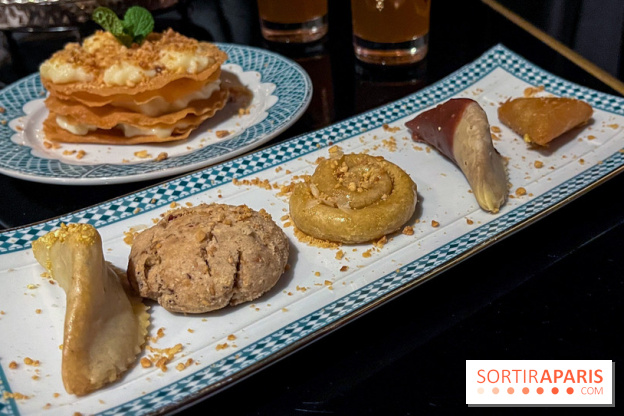### Best Danish Recipe: A Delightful Journey into Danish Pastry
When it comes to baking, few things can rival the flaky, buttery goodness of a traditional Danish pastry. The **best Danish recipe** not only brings the ric……
When it comes to baking, few things can rival the flaky, buttery goodness of a traditional Danish pastry. The **best Danish recipe** not only brings the rich flavors of Denmark to your kitchen but also allows you to create a delightful treat that’s perfect for breakfast, dessert, or any time you crave something sweet. In this guide, we’ll explore the secrets behind the best Danish recipe and how you can master this delicious pastry at home.
#### What Makes the Best Danish Recipe?
The essence of a great Danish pastry lies in its unique layers, which are achieved through a process known as laminating dough. This technique involves folding butter into the dough multiple times to create thin layers that puff up beautifully when baked. The result is a pastry that is light, airy, and incredibly flaky.
#### Ingredients You’ll Need
To make the **best Danish recipe**, you’ll need the following ingredients:
- **All-purpose flour**: This is the base of your pastry dough. It provides the structure and texture needed for a flaky pastry.
- **Unsalted butter**: High-quality butter is essential for flavor and the lamination process. Make sure it’s cold and firm.
- **Sugar**: A touch of sugar sweetens the dough and adds flavor.
- **Salt**: This enhances the overall taste of the pastry.

- **Yeast**: Active dry yeast or fresh yeast helps the dough rise and creates a light texture.
- **Milk**: Milk adds moisture and richness to the dough.
- **Eggs**: Eggs enrich the dough and help with browning during baking.
- **Filling**: You can use a variety of fillings, such as almond paste, cream cheese, fruit preserves, or chocolate.
#### Step-by-Step Instructions
1. **Prepare the Dough**: In a mixing bowl, combine the flour, sugar, and salt. In a separate bowl, dissolve the yeast in warm milk and let it sit for about 5 minutes until foamy. Add the yeast mixture and eggs to the flour mixture, and knead until a soft dough forms.

2. **Incorporate the Butter**: Roll out the cold butter between two sheets of parchment paper into a rectangle. Place this butter layer in the center of the dough and fold the dough over the butter, sealing the edges.
3. **Laminating the Dough**: Roll the dough out into a long rectangle, then fold it into thirds like a letter. This process should be repeated several times (usually three) to create the layers.
4. **Chill the Dough**: After laminating, wrap the dough in plastic wrap and refrigerate for at least an hour. This helps the butter firm up and makes the dough easier to work with.
5. **Shape the Pastries**: Once chilled, roll out the dough and cut it into squares or rectangles. Add your desired filling in the center and fold or twist the pastry to create your desired shape.
6. **Proof and Bake**: Allow the shaped pastries to rise until doubled in size. Preheat your oven and bake until golden brown. The aroma of freshly baked Danish pastries will fill your kitchen!
#### Tips for Success

- **Use Cold Ingredients**: Keeping your butter and other ingredients cold is crucial for achieving the flaky texture.
- **Don’t Rush the Process**: Take your time with the lamination and chilling steps. Patience is key to creating the best Danish pastry.
- **Experiment with Fillings**: Feel free to get creative with your fillings. From classic almond paste to seasonal fruit, there are endless possibilities.
#### Conclusion
Mastering the **best Danish recipe** is a rewarding experience that will impress your family and friends. Whether you enjoy them fresh out of the oven or as part of a brunch spread, these pastries are sure to be a hit. So roll up your sleeves, gather your ingredients, and embark on this delightful baking adventure!